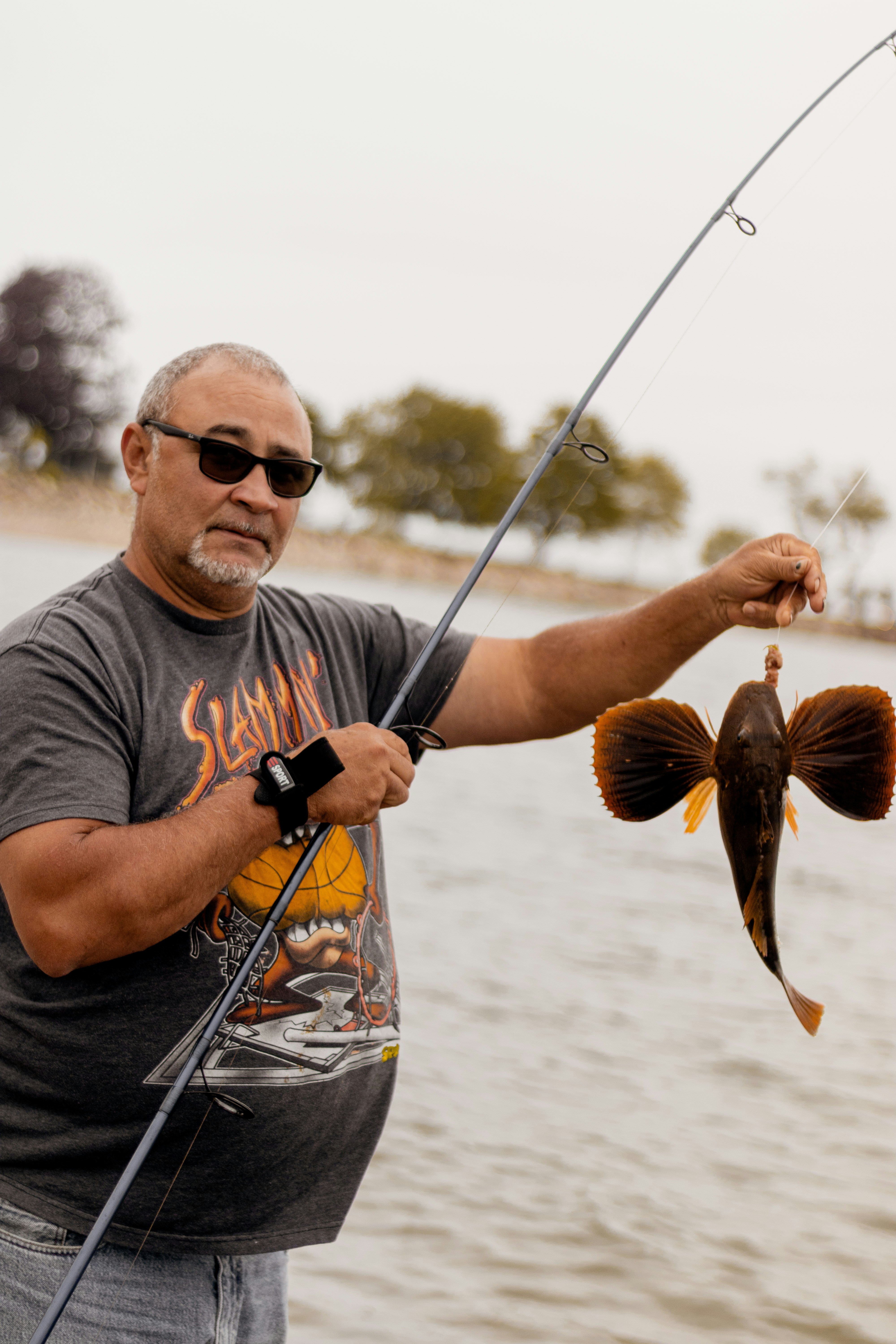In a survival scenario, knowing how to make a makeshift fishing rod can be a valuable skill that could mean the difference between going hungry or being able to catch your own food. From using basic materials found in nature to using innovative techniques, this article will guide you through the steps of crafting a fishing rod that can help you survive in the wild. So, if you ever find yourself in a situation where a fish dinner is the only thing standing between you and hunger, keep reading to discover the art of creating a makeshift fishing rod.
Understanding Your Situation
In a survival scenario, it is important to understand your situation and the resources available to you. One valuable resource that can provide sustenance is the aquatic life in your surrounding environment. By learning about the aquatic life in your location, you can identify potential sources of food and improve your chances of survival. Fishing plays a crucial role in sustaining yourself in such situations, so it is vital to acknowledge the importance of fishing for your survival.
Scoping Your Environment
The first step in making a makeshift fishing rod is to gather the necessary materials. When it comes to the rod itself, you can identify potential materials in your environment. Look for sturdy branches or sticks that can serve as the shaft of your fishing rod. These branches should be long enough to provide a comfortable grip for casting and reeling in your catch. Additionally, search for possible sources of line and hooks that you can fashion from the available resources around you.

Assembling The Makeshift Fishing Rod
Once you have gathered the materials, it’s time to assemble your makeshift fishing rod. Start by choosing the right shaft for your rod. Look for branches that are straight, strong, and flexible. Avoid using dead or brittle branches as they may break easily. Next, you’ll need to craft a reel to hold your fishing line. This can be done by fashioning a small spool from a sturdy material such as wood or plastic. Attach the reel to one end of your shaft using sturdy twine or cord. Finally, attach your fishing line to the reel, ensuring it is securely fastened.
Finding The Right Material for Fishing Line
When it comes to selecting a suitable fishing line, you may have to get resourceful. One option is to use plant fibers. Look for long, strong plant fibers that can be twisted or braided together to create a durable line. Another alternative is thin flexible vines, which can be stripped and woven into a suitable fishing line. Whichever material you choose, make sure to clean and prepare it properly to remove any debris or contaminants that may affect its performance.
Creating a Functional Hook
A functional hook is essential for successful fishing. In a survival scenario, you can utilize natural objects in your environment to craft a hook. Look for items such as thorns, bones, or seashells that have a suitable shape and size for catching fish. Alternatively, you can make hooks from scraps by fashioning them out of metal, wood, or other sturdy materials. Once you have chosen your hook material, it’s important to smoothen and sharpen the point to increase its effectiveness at catching fish.
Assembling Your Makeshift Fishing Rod
Now that you have all the necessary components, it’s time to assemble your makeshift fishing rod. Start by securely binding the reel and shaft together using twine or cord. Make sure the binding is tight and secure to ensure the rod’s stability during use. Once the rod is assembled, it’s crucial to test its strength by flexing it gently. This will help you identify any weak spots or potential areas of concern before casting your line.
Techniques for Baiting
Baiting is an important aspect of fishing as it entices fish to bite the hook. In a survival scenario, you can utilize insects and small animals as bait. Look for small creatures such as worms, grubs, or insects that are commonly found in your environment. Another option is to make use of food scraps such as leftover meat or fruit, which can attract fish with their scent. Understanding what local fish might find appealing can greatly increase your chances of a successful catch.
Casting and Fishing Techniques
To effectively catch fish, you need to familiarize yourself with casting and fishing techniques. Understanding when to fish is crucial for maximizing your chances of success. Fish are most active during feeding times, which are typically early morning and late afternoon. Learning casting techniques, such as the proper way to grip the rod and how to release the line smoothly, will help you cast your line farther and with greater accuracy. Once you’ve cast your line, knowing how to reel in your catch requires patience and finesse.
Safety Measures While Assembling and Using Your Rod
While assembling and using your makeshift fishing rod, it’s important to prioritize safety. Ensure that your hook is not overly sharp to prevent accidents and injuries, both to yourself and the fish. Be mindful of keeping track of your fishing line to avoid tangling, as tangled lines can be difficult to untangle and may cause frustration. Additionally, be aware of potential aquatic hazards such as sharp objects, currents, or underwater vegetation that could pose risks to your safety.
Reusing and Maintaining Your Makeshift Fishing Rod
To make the most out of your makeshift fishing rod, it’s important to practice proper maintenance. After each use, be sure to clean your rod thoroughly to remove any dirt, debris, or residual scent that may discourage fish from biting. Store your fishing rod in a safe and dry place to protect it from damage, ensuring it remains in good condition for future use. If any repairs are necessary, such as reattaching a loose reel or replacing a damaged hook, take the time to fix it promptly to ensure the rod’s functionality.
In conclusion, learning how to make a makeshift fishing rod in a survival scenario can greatly increase your chances of securing a vital food source. By understanding your environment, gathering the necessary materials, and assembling your rod with care, you can embark on a successful fishing experience. Implementing effective baiting and fishing techniques while prioritizing safety will further enhance your chances of a fruitful catch. Remember to reuse and maintain your makeshift fishing rod to ensure its durability and usability over time. With these skills and knowledge, you can confidently navigate the challenges of survival and provide for your sustenance in a resourceful and sustainable manner.


